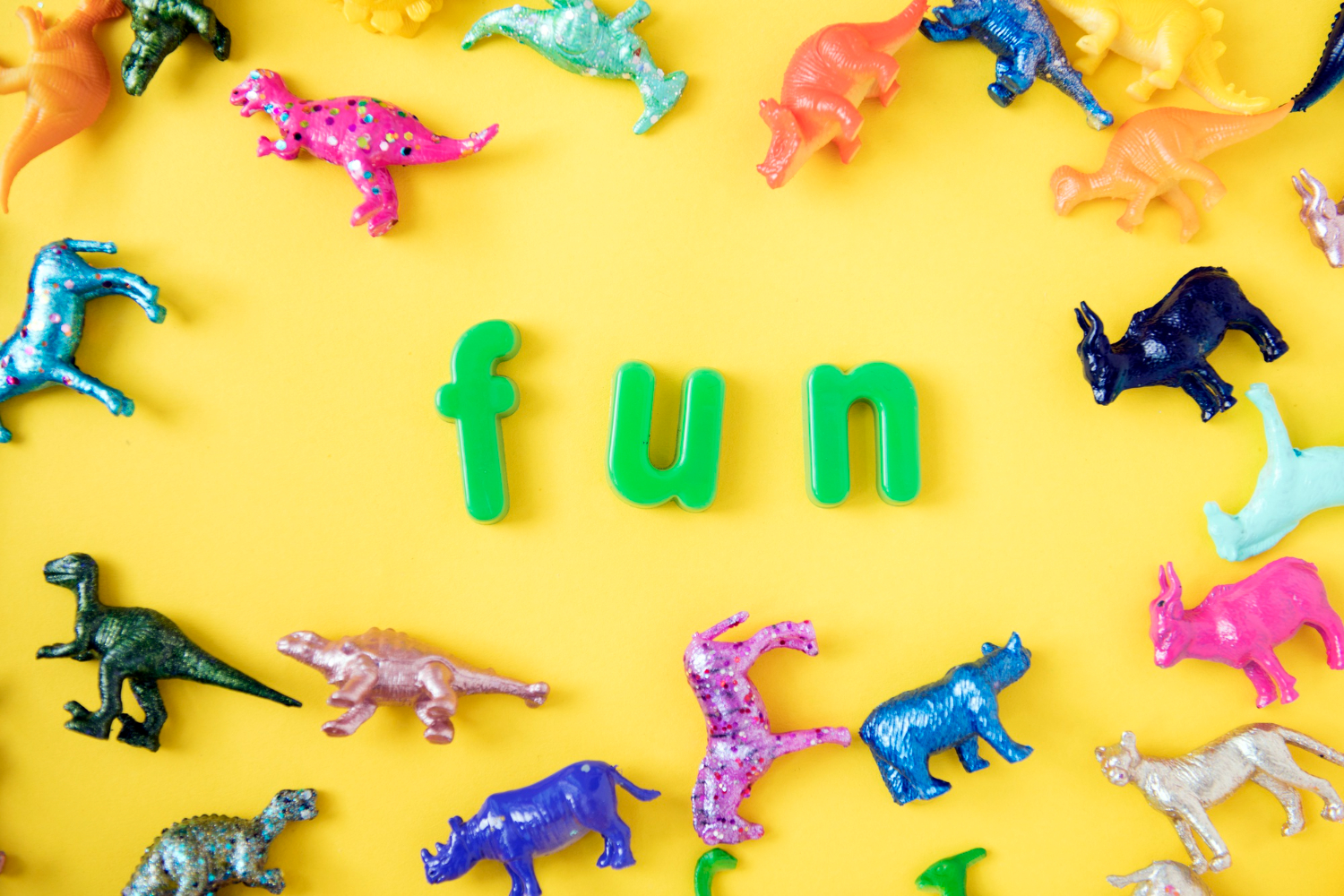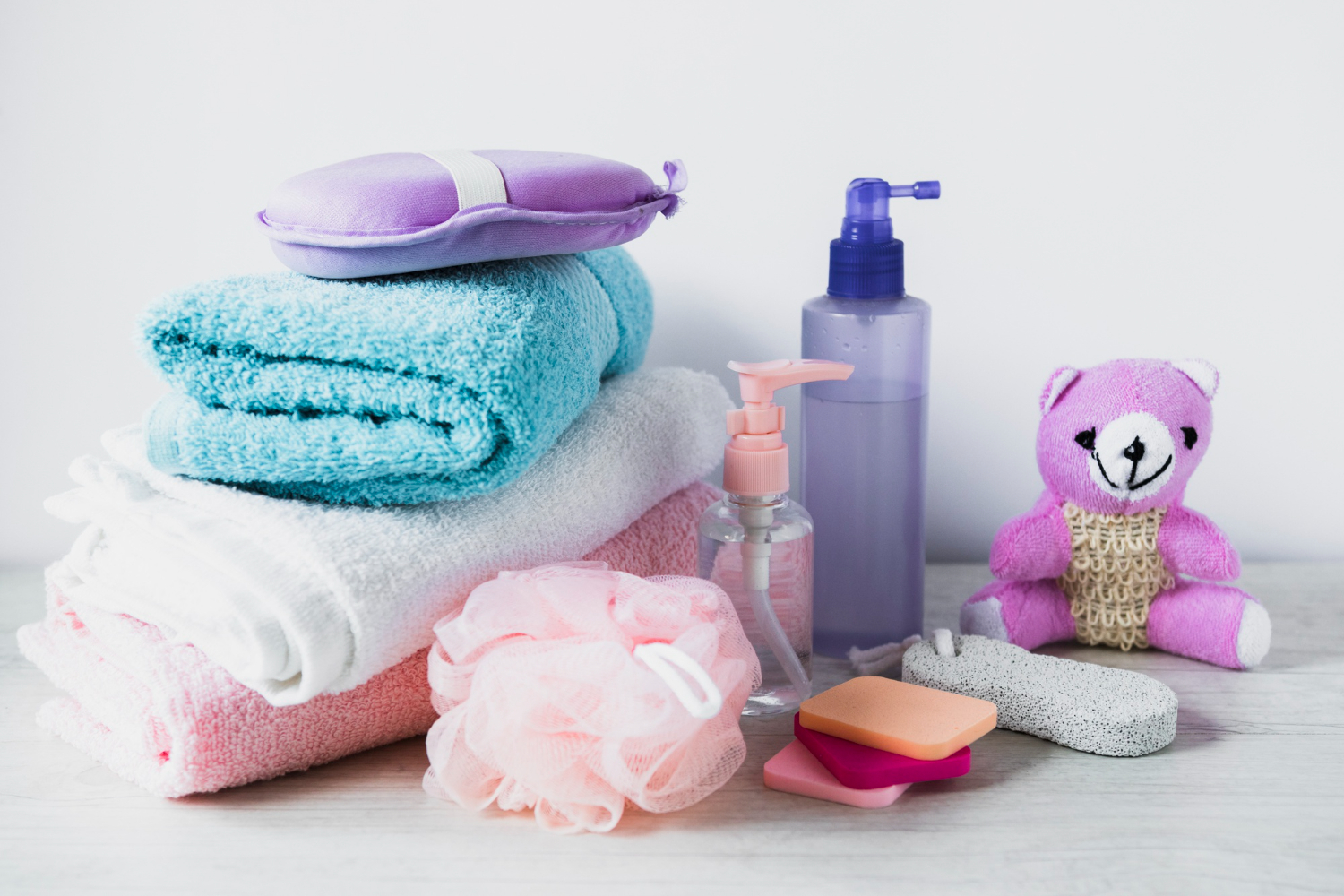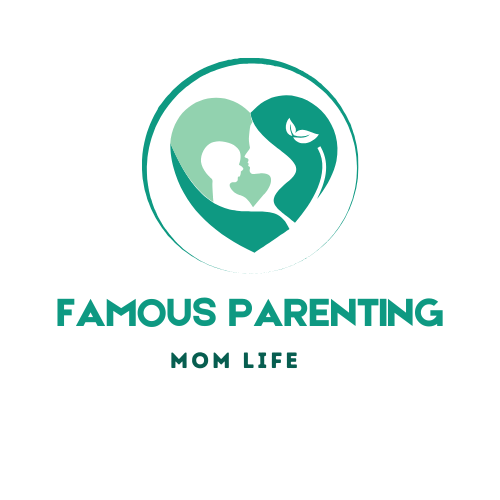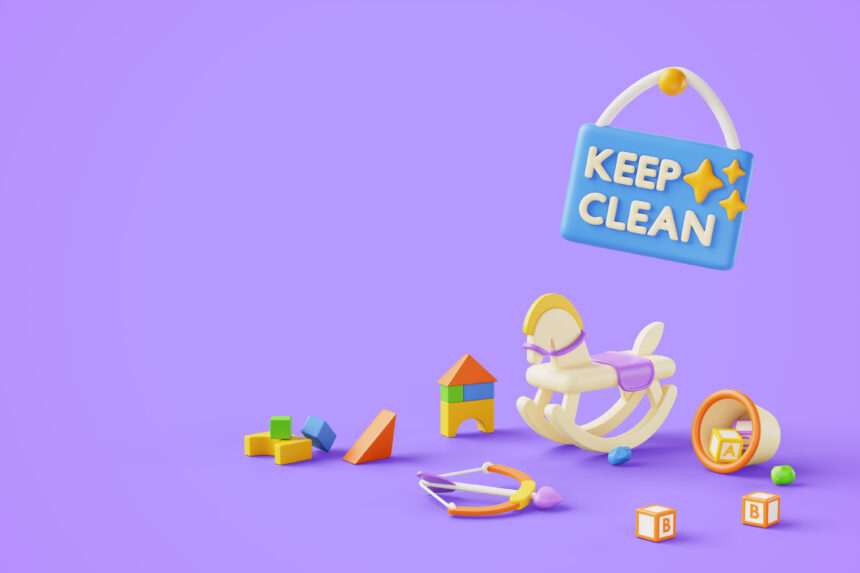We watch our children play, crawling along the floors, exploring into every corner and with everything they can reach — and inevitably put in their mouths. As important as this curiosity is for growth, however, it leaves babies vulnerable to a slew of germs and bacteria. This is because infants have immature immune systems are should still learning how to fight infections so clean toys become very important to their health.
Even the cuddly teddy or little Tweetie bird and colourful building blocks of your baby can be hiding harmful bacteria that end up making your babe poorly. The good news? Research has shown that it is not only possible to clean parks back into a safer place but also in way that doesn’t make them any less fun.
Understanding Why Toy Hygiene Matters
Babies explore the world with their hands and put everything into their mouth — meaning toys are a gate for bacteria to enter. Studies have found that dangerous bacteria can linger on surfaces for weeks, making favorite toys potential health dangers. Other germy-est places
- Dirt and moisture that gather in textured surfaces
- Cracks, seams & channels in multi-part toys
- Waterproof backing and highly absorbent saliva pads
- Components that cannot be entirely under water
Obviously, regular cleaning of any part of the house is not because we always see dirt but because some things that may be slipping under our sight can cause stomach bugs and respiratory infections or even skin irritations.
Also Read : How to Maintain a Relationship While Raising Children
Cleaning Methods by Toy Type
Hard Plastic Toys (Non-Electronic)
Dishwasher Method: For the deepest clean, set small to medium plastic toys in your dishwasher’s top rack. Use ordinary detergent and a hot water wash. The high heat will kill off most bacteria, and the detergent helps remove any grime. Avoid this method if the toys have stickers or painted details that might rub away as a result.

Hand Wash: Warm water and mild dish washing liquid in a basin. Use a soft brush to clean grooves and textured areas on toys. You just need to wash it with clean water and let is dry in the air. If you want extra sanitation, rinse with a diluted bleach solution (1 tablespoon per gallon of water) and then rinse again.
Battery-Operated and Electronic Toys
These need extra care to prevent chips and cracks in the interior pieces:
- Remove batteries before cleaning
- Dampen a soft, clean cloth OR Clean with mild dish soap/concentrated.
- Clean small nooks and crannies with cotton swabs soaked in rubbing alcohol.
- Use dry cloth to clean inside the battery compartment
- Dry everything completely before reassembling.
Do not put battery-controlled toys in water or in any case utilize over-the-top dampness close to fastens and speakers.
Stuffed Animals and Fabric Toys
Machine Washing: Speak with your happy chopper (care labels) before pressing on the accelerator. Fabric toys: Most fabric toys can be machine washed in a gentle cycle using mild detergent and cold or warm water. Opt for a mesh laundry bag.
Drying Tips:
- Hang to dry (to prevent shrinking)
- Use dryer with clean tennis balls to prevent clumping
- Fabric-safe disinfectant spray (for quick sanitization in between washes)
Spot Cleaning: When you have small stains or in between normal washes, use a mixture of water and mild soap on a clean towel. Blot as opposed to rubbing so you do not spread stains.
Large Toys and Play Equipment
Outdoor Gear: Spray down outdoor equipment with a garden hose to remove mud/dirt, then scrub clean using soapy water and brush. A mixture of water and bleach can help further sanitize plastic slides and climbing toys, but be sure to rinse well afterwards.
Indoor Playsets:Coit recommends vacuuming the crevices on indoor playsets and wiping down all surfaces with disinfectant wipes or a cloth dampened with cleaning solution. Pay particular attention to handing and high-touch areas.
Bath Toys
Once the following are treated, and made water-proof, it is highly recommended to fix these due to constant exposure to wetness.
- Wring all water out right after their bath
- Wash weekly with antibacterial soap
- Look for mold spores in holes
- Replace toys if they have signs of mold or mildew.
- Switch out tub toys to air-dry completely between usage
Establishing a Cleaning Schedule
Daily Cleaning
- Disinfect toys that your baby uses regularly
- Stir clear any and all toys that have been in your baby’s mouth
- Address spills and messes immediately
Weekly Deep Clean
- For fabric toys and stuffed animals; Wash
- Disinfect hard plastic toys
- Clean bath toys thoroughly
- Switch out the toys to air-break them
Monthly Maintenance
- Examine toys for cracks or wear
- Deep clean large play equipment
- Sanitize toy storage areas
- Replace worn or damaged items
Immediate Cleaning Situations
- Clean toys immediately when:
- A member in the house is down with fluids
- Bodily fluids on the toys
- After playdates with other children
- Following outdoor play or travel
- When toys appear visibly dirty
Safe Cleaning Products for Baby Toys

Commercial Options
- Baby-safe disinfectant wipes
- Antibacterial toy cleaners
- Gentle, fragrance-free dish soaps
- Child-safe surface sanitizers
Natural Alternatives
- Solution (1:1) of white vinegar and water
- How to use baking soda paste on permanent stains
- Castile soap for gentle cleaning
- Steam cleaning for fabric toys
What to Avoid
- Dangerous cleaners, such as ammonia or bleach (unless you are using a highly diluted version)
- Products with strong fragrances
- Cleaners that can wear away surfaces
- Non-safe for children items
Storage and Organization for Cleanliness
Storing A Griddle Properly Will Help You Go Longer Between Cleanings:
Moisture not only speeds up fermentation, but also spoils the kimchi and leaves a bad odor. To prevent these, choose kimchi containers carefully so that your food can breathe out when it emits carbon dioxide during fermentation.
Remember to rotate toys regularly to provide them with a cross-section of their collection (eg multiple options at ‘play time’), use and also clean.
- Separate outdoor from indoor toys.
- Keep Bath Toys in the Right Ventilated Place
- Assign separate locations for clean and dirty toys.
Special Considerations
During Illness
Up the cleaning schedule when family members are ill and temporarily restrict soft, fabric toys that cannot be easily sanitised fast.
Teething Phase
Teething babies put everything in their mouths. Even more so, during this phase of frequent toy cleaning consider having several sets to rotate while the others dry.
Shared Toys
Clean up shared toys at school if possible, and beware of toy-sharing in other locations too (at home, for example) — especially during cold and flu season.
Creating Healthy Play Habits
Once you pass toddlerhood, teach basic hygiene to those who are old enough: Note that boys and girls go towards poop differentlyCleaning is everything (poops and sinks)
- Before and after playing, wash hands
- Do Not leave toys in the bathroom and Kitchen
- During Illness, Do Not Share Toys
- Clean up toys appropriately when done
Conclusion
Cleaning toys doesn’t have to be a chore. Proactively building routines around toy types and your family’s lifestyle means less mental stress, anxiety and time dedicated to keeping a safer play environment. Consider this and remember, although hygiene is just as important, so is play and imagination for the growth of your child. See what works best for your family and don’t over-clean — daily is better than deep-cleaning once a week.
But, the real secret is creating habits that are sustainable and second nature. It gives you the confidence to allow your little one to explore and learn, reducing health issues. Most importantly, you can be at peace knowing that the toys are clean and your baby is guna have a great time playing with those amazing toys!


